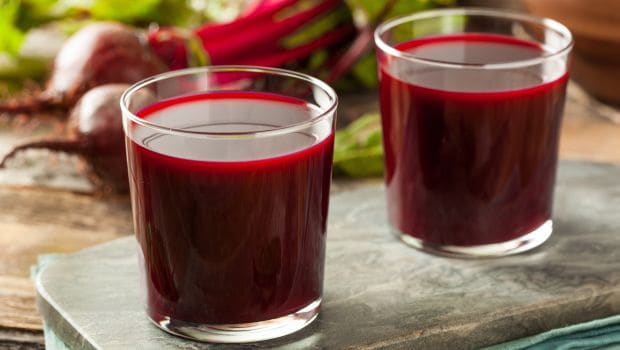Chia Seeds And Sabja Seeds Are Not The Same. Here's How To Tell Them Apart
Chia seeds and sabja seeds are often mistaken for one another. Here are some key differences between the two that you should be aware of.

Chia seeds and sabja seeds have become quite popular in recent times. You'll often spot them listed as ingredients in restaurant menus and even in food videos shared on social media. They are touted to be extremely healthy and make for a wonderful addition to our diet. However, most people confuse them for being the same or are unable to differentiate between the two. While both are equally healthy, it's important to know the key differences that set them apart. This would help you use them the correct way and incorporate them into your dishes. Intrigued to know what these differences are? Pave your way through this article to find your answers.
What Are Chia Seeds?
Chia seeds are native to Mexico. They are a great source of a variety of nutrients including protein, omega-3, fibre, and antioxidants. They make for an excellent addition to a weight-loss diet and can be incorporated into a variety of dishes and beverages. You can add them to your smoothies, fruit bowls, etc. These seeds do not have any flavour of their own and are a mix of black, white, and grey in colour.
What Are Sabja Seeds?
Sabja seeds are akin to chia seeds but differ slightly. Also known as basil seeds, they are jet black in colour and have a slight taste of basil to them. These seeds are native to India and are also known to offer several health benefits. They are packed with fibre, protein, and healthy fats and have antimicrobial properties.
Also Read: How To Consume Chia Seeds For Weight Loss - Dos And Don'ts

Chia Seeds Vs Sabja Seeds: Here Are Some Key Differences Between Chia Seeds And Sabja Seeds:
1. Origin
Chia seeds and sabja seeds do not have the same place of origin. Most people think that both are central to India, but that's not the case. According to the National Institutes Of Health (NIH), chia seeds are originally from Southern Mexico and Northern Guatemala. Sabja seeds, on the other hand, are native to India and the Mediterranean region.
2. Appearance
Although both are black in colour, there's a slight difference. If you look closely, you'll realise that chia seeds are not entirely black; they're a mixture of black, grey, white, and sometimes even brown. In contrast, sabja seeds are uniformly jet-black in colour.
3. Taste
Did you know chia seeds and sabja seeds differ in taste as well? While having chia seeds, you must've noticed that they don't really have a taste of their own. They usually adapt to the flavour of whichever dish you add them to. On the other hand, sabja seeds have a taste similar to that of basil, which sets them apart.
4. On Soaking In Water
Chia seeds and sabja seeds also react differently when soaked in water. The former usually takes a little longer than the latter to absorb water and swell up. The timeframe for this is anywhere between 5 to 10 minutes, while sabja seeds swell up in a matter of seconds. They also appear much larger in size when compared to soaked chia seeds.
Also Read: Hydration, Nutrition, And More: Sabja Seeds Recipes And Their Benefits For Summer

Photo Credit: Pixabay
5. Usage
The way in which both these seeds can be used is also different. Chia seeds can be consumed both raw and soaked. You can add a spoonful directly to your dishes or soak them before adding. Sabja seeds, on the other hand, can be consumed only after soaking in water.
Now that you're aware of the differences between chia seeds and sabja seeds, you'll be able to distinguish between them easily.
What's Your Reaction?









































